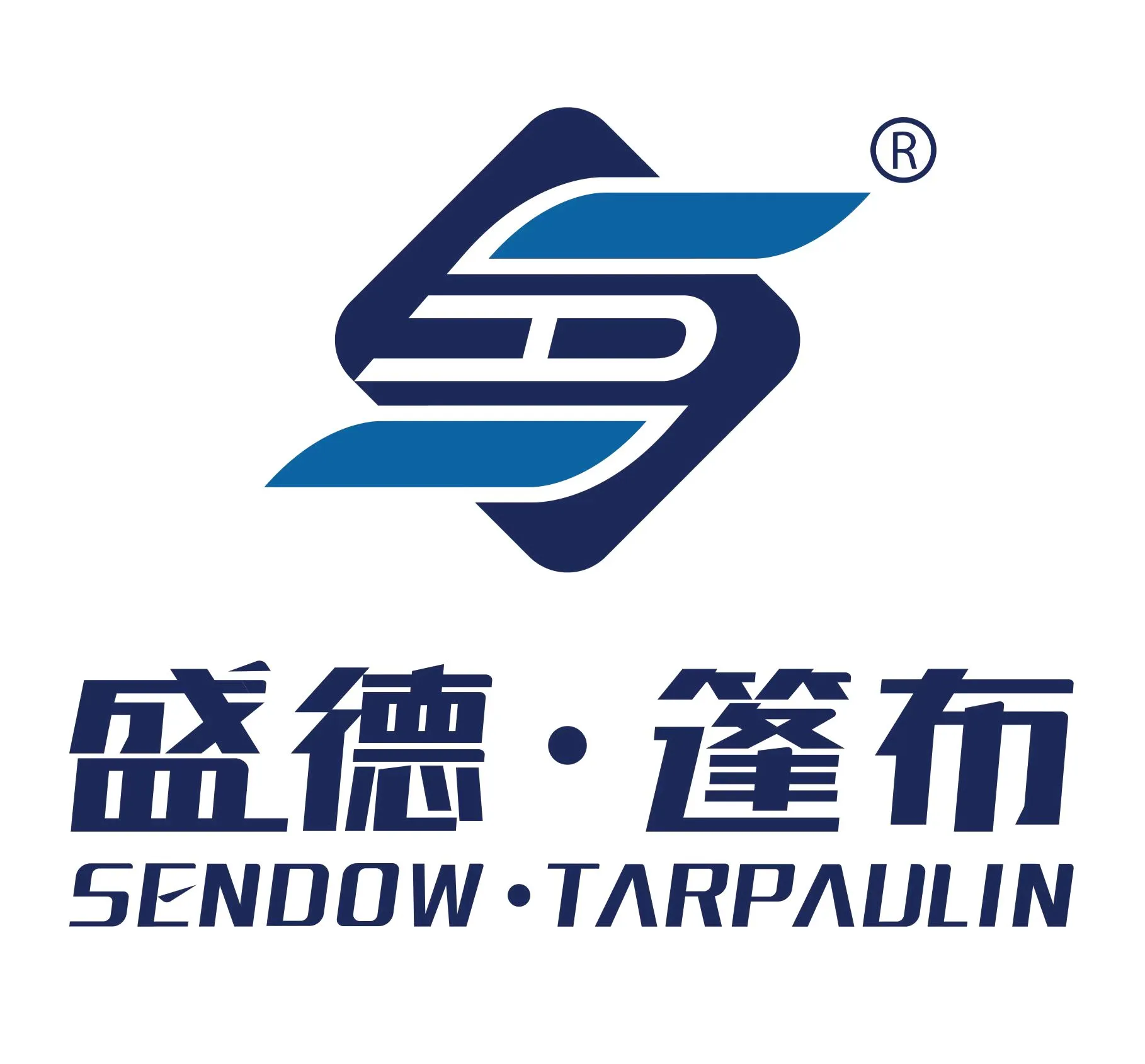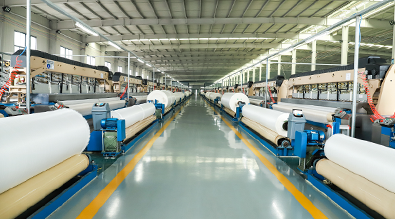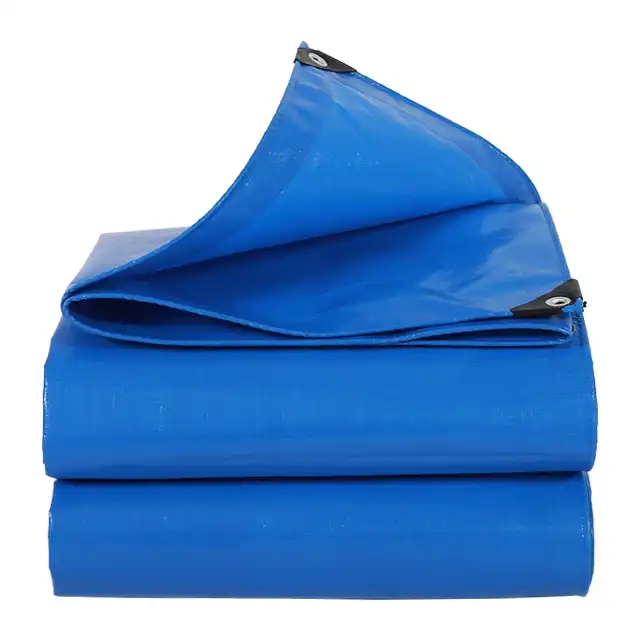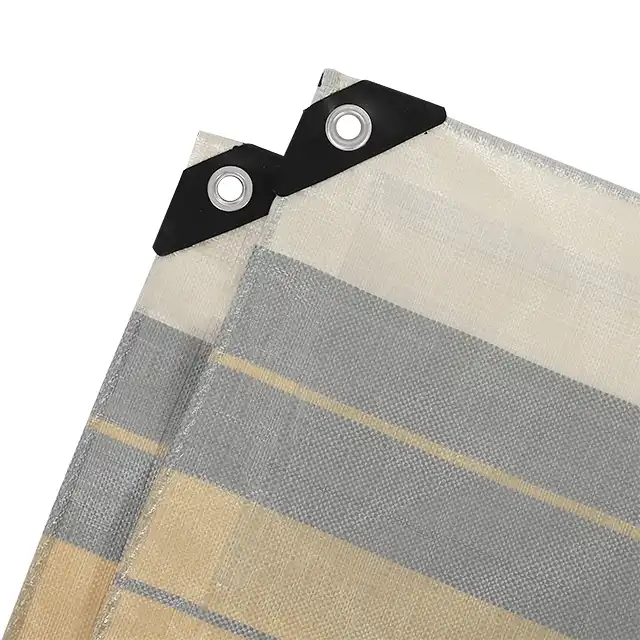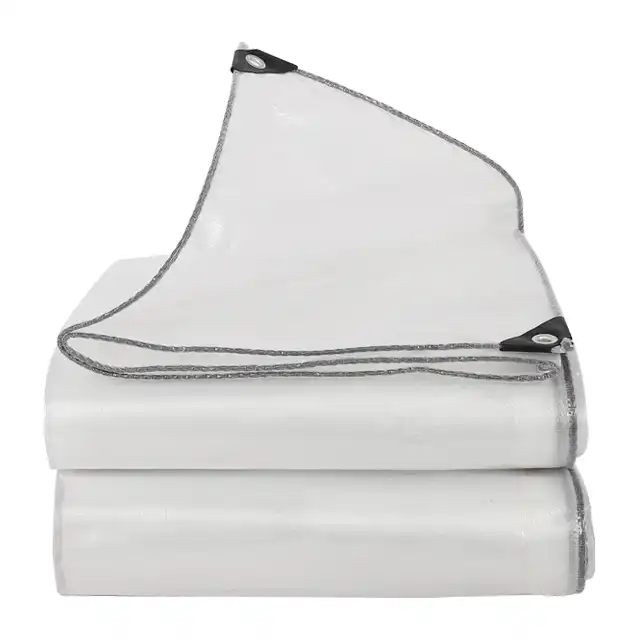Can Waterproof PE Tarpaulin Be Used on Roofs?
Waterproof PE tarpaulin presents an intriguing solution for temporary and emergency roofing needs, offering a versatile and cost-effective alternative to traditional roofing materials. While not a permanent roofing solution, these specialized polyethylene coverings can provide critical protection in various scenarios, from construction sites to emergency repairs and temporary shelter applications. Understanding the capabilities, limitations, and strategic applications of waterproof PE tarpaulin is essential for making informed decisions about roof coverage and protection.

Understanding the Waterproofing Capabilities of PE Tarpaulin
Composition and Material Science of Waterproof PE Tarpaulin
The exceptional waterproofing capabilities of PE tarpaulin stem from its sophisticated manufacturing process and material composition. Linyi Shengde Plastic Co., Ltd. produces high-quality waterproof PE tarpaulins using advanced technologies that combine high-density polyethylene (HDPE) woven fabric with low-density polyethylene (LDPE) coating. This innovative construction creates a robust, multi-layered material with superior water-resistant properties. The manufacturing process involves intricate yarn extrusion techniques, with yarn thickness ranging from 400D to 2500D, ensuring exceptional strength and durability. Advanced water-jet looms capable of producing fabric widths from 1.5m to 5m without joints contribute to the tarpaulin's seamless waterproofing capabilities. Professional technicians meticulously control the coating process, applying precise LDPE layers that create an impenetrable barrier against moisture. These waterproof PE tarpaulins typically feature a thickness between 0.1mm to 0.2mm, with weights ranging from 65 gsm to 280 gsm. The specialized coating provides 100% waterproofing, complemented by additional protective features such as UV treatment, tear resistance, and anti-mildew properties. This comprehensive approach ensures that the tarpaulin can withstand challenging environmental conditions while maintaining its fundamental waterproofing function.
Performance Characteristics in Roof Protection Scenarios
When considering PE tarpaulin for roof applications, several critical performance characteristics emerge. The material's inherent flexibility allows it to conform to various roof geometries, making it particularly useful for temporary repairs, emergency coverage, and construction site protection. Its lightweight nature, coupled with high durability, enables quick and efficient installation compared to traditional roofing materials. The tarpaulin's waterproofing capabilities are enhanced by strategically placed aluminum grommets, typically spaced approximately every meter and positioned at corners. These reinforcement points facilitate secure attachment and prevent water infiltration, creating a reliable temporary barrier against precipitation. The material's arctic flexibility ensures performance across diverse temperature ranges, from extreme cold to moderate heat, without compromising its structural integrity. Additional protective features include remarkable resistance to environmental challenges. The UV treatment, ranging from 1% to 7%, helps mitigate sun damage, while the material's anti-corrosion properties prevent degradation from exposure to various chemical and atmospheric conditions. These characteristics make waterproof PE tarpaulin an adaptable solution for diverse roofing scenarios, particularly in emergency and short-term applications.
Strategic Applications and Installation Considerations
Implementing waterproof PE tarpaulin for roof coverage requires careful strategic planning and precise installation techniques. While not a permanent roofing solution, these tarpaulins excel in specific contexts such as construction site protection, emergency shelter, agricultural infrastructure, and temporary coverage during roof repairs. Professional installation involves creating a taut, secure surface that minimizes potential water pooling and ensures comprehensive coverage. Installers must carefully overlap tarpaulin sections, utilize robust fastening mechanisms, and create proper drainage channels to prevent water accumulation. The material's lightweight nature (65-125 gsm) facilitates easier handling compared to traditional roofing materials, allowing for more rapid deployment in time-sensitive scenarios. Recommended applications include protecting unfinished construction projects, providing emergency shelter in disaster relief scenarios, and offering temporary coverage for agricultural structures like greenhouses and storage facilities. The tarpaulin's versatility extends to scaffolding protection, equipment coverage, and interim solutions during roof maintenance or replacement processes.
Comparative Analysis of PE Tarpaulin in Roofing Solutions
Technical Advantages Over Traditional Roofing Materials
Waterproof PE tarpaulin offers several distinctive advantages when compared to conventional roofing solutions. Its remarkable weight-to-performance ratio distinguishes it from heavier, more rigid materials. Weighing significantly less than metal sheets or traditional waterproofing membranes, PE tarpaulin provides exceptional coverage without imposing substantial structural stress. The manufacturing precision of companies like Linyi Shengde Plastic Co., Ltd. ensures consistently high-quality products with predictable performance characteristics. Advanced production techniques, including sophisticated coating processes and precise fabric weaving, result in tarpaulins that meet rigorous international standards. The ability to customize color, size, and specific performance parameters further enhances its adaptability across various roofing applications. Economically, PE tarpaulin presents a cost-effective alternative for temporary and emergency roofing needs. The material's relatively low production cost, combined with its durability and multi-functional capabilities, makes it an attractive option for budget-conscious projects requiring reliable waterproofing solutions.
Environmental and Sustainability Considerations
The environmental profile of waterproof PE tarpaulin represents an emerging area of material science innovation. Modern manufacturing processes increasingly emphasize sustainable production methods, with companies like Linyi Shengde Plastic Co., Ltd. implementing advanced recycling and waste reduction strategies. Polyethylene's recyclability offers potential environmental benefits when compared to less sustainable roofing materials. The material's long service life, resistance to degradation, and ability to be repurposed contribute to its ecological footprint. However, responsible disposal and recycling remain critical considerations for maximizing environmental sustainability.
Technological Innovations and Future Developments
Ongoing research in polymer science continues to enhance the capabilities of waterproof PE tarpaulin. Emerging technologies focus on improving UV resistance, developing more sophisticated coating techniques, and exploring nano-material integrations that could further revolutionize water-resistant properties. Companies at the forefront of tarpaulin innovation are investing significantly in research and development. For instance, Linyi Shengde's R&D team has successfully developed advanced products including ultra-wide width tarpaulins, fire-prevention functional coatings, and enhanced waterproofing technologies. These continuous improvements promise increasingly sophisticated solutions for temporary and specialized roofing applications.
Practical Implementation and Best Practices
Safety and Performance Guidelines
Implementing waterproof PE tarpaulin for roof coverage requires adherence to comprehensive safety and performance guidelines. Users must carefully assess specific environmental conditions, load-bearing requirements, and potential stress factors before installation. Proper tension, secure anchoring, and strategic placement are crucial to maximizing the tarpaulin's protective capabilities. Professional assessment remains recommended for complex roofing scenarios. While PE tarpaulin offers remarkable versatility, it should not be considered a permanent roofing solution. Temporary applications require regular inspection, maintenance, and strategic replacement to ensure continued effectiveness and safety.
Maintenance and Longevity Strategies
Extending the service life of waterproof PE tarpaulin involves implementing proactive maintenance strategies. Regular cleaning, careful handling, and storing the material in appropriate conditions when not in use can significantly enhance its durability. Avoiding prolonged direct sunlight exposure, checking for potential tears or degradation, and addressing minor damages promptly will help maintain optimal performance.
Customization and Specialized Solutions
The remarkable flexibility of PE tarpaulin manufacturing allows for extensive customization. Companies like Linyi Shengde Plastic Co., Ltd. offer tailored solutions that can be precisely engineered to meet specific roofing requirements. From custom sizes and colors to specialized coatings with enhanced performance characteristics, the potential for specialized tarpaulin solutions continues to expand.
Conclusion
Waterproof PE tarpaulin represents an innovative, versatile solution for temporary and emergency roof protection. While not a permanent roofing material, its exceptional waterproofing capabilities, durability, and adaptability make it an invaluable tool in construction, disaster relief, and agricultural applications. For personalized solutions and expert consultation on waterproof PE tarpaulin applications, contact Linyi Shengde Plastic Co., Ltd. directly at info@shengdetarp.com. Our dedicated team stands ready to help you navigate the most effective roofing protection strategies tailored to your specific needs.
References
1. Smith, J. Polymer Science Advances in Water-Resistant Materials. Journal of Materials Engineering, 2022.
2. Chen, L. Innovations in Temporary Roofing Technologies. International Construction Review, 2021.
3. Rodriguez, M. Environmental Assessment of Polyethylene Protective Coverings. Sustainable Materials Research, 2023.
4. Thompson, R. Performance Characteristics of Synthetic Roofing Materials. Engineering Materials Quarterly, 2022.
5. Wang, H. Customization Techniques in Industrial Tarpaulin Manufacturing. Advanced Manufacturing Processes, 2021.
6. Garcia, P. Emergency Shelter Technologies and Material Innovations. Humanitarian Engineering Journal, 2023.
